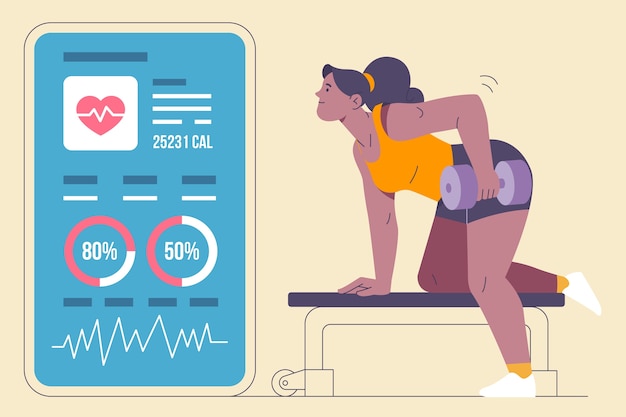In a fitness world dominated by high-intensity workouts and rapid results, a quieter, more sustainable approach is gaining attention: Zone 2 cardio. Often overlooked, this low-to-moderate intensity training zone is emerging as a cornerstone for long-term health, improved endurance, and metabolic efficiency.
Zone 2 cardio refers to aerobic exercise performed at 60–70% of your maximum heart rate. At this intensity, you're working hard enough to elevate your heart rate and breathing, but still able to hold a conversation comfortably. It's the sweet spot between casual movement and intense effort—ideal for building aerobic base fitness without overtaxing the body.
This form of training primarily uses fat as fuel, improving your body’s ability to burn fat efficiently during prolonged activity. It’s commonly associated with activities like brisk walking, light jogging, cycling, or swimming done at a steady pace for 30–90 minutes.

To train effectively in Zone 2, you need to know your target heart rate. A simple formula to estimate your maximum heart rate is:
220 – Your Age = Estimated Max Heart Rate
Multiply that number by 0.60 and 0.70 to find your Zone 2 range. For example, a 40-year-old would have a max heart rate of ~180 bpm. Their Zone 2 range would be 108–126 bpm.
For greater accuracy, consider a lab-based VO2 max test or use a heart rate monitor with zone tracking during steady-state exercise.
While Zone 2 cardio is generally safe for most people, it’s not without caveats:
Starting Zone 2 cardio doesn’t require special equipment—just consistency and awareness. Here’s how to begin smartly:
Pick a low-impact, rhythmic activity: brisk walking, cycling, elliptical, swimming, or rowing. Aim for continuous movement.
Use a heart rate monitor or the "talk test": if you can speak in full sentences without gasping, you're likely in Zone 2.
Begin with 20–30 minutes, 2–3 times per week. Gradually increase duration to 45–60 minutes as your fitness improves.
Maintain good posture: keep your chest up, shoulders relaxed, and core gently engaged. Avoid overstriding when walking or running.

For beginners or those with mobility issues:
Pair these with 2 days of strength training for a well-rounded routine.
Zone 2 cardio isn’t flashy, but its long-term benefits are undeniable. By building a strong aerobic foundation, you enhance overall fitness, support metabolic health, and set the stage for better performance in all types of exercise. Whether you're training for endurance or simply aiming to feel better every day, Zone 2 cardio is a powerful, sustainable tool worth incorporating.
Start slow, stay consistent, and let your heart lead the way.

Fitness

Fitness

Fitness

Fitness

Fitness

Fitness

Fitness

Fitness

Health

Fitness

Health

Health